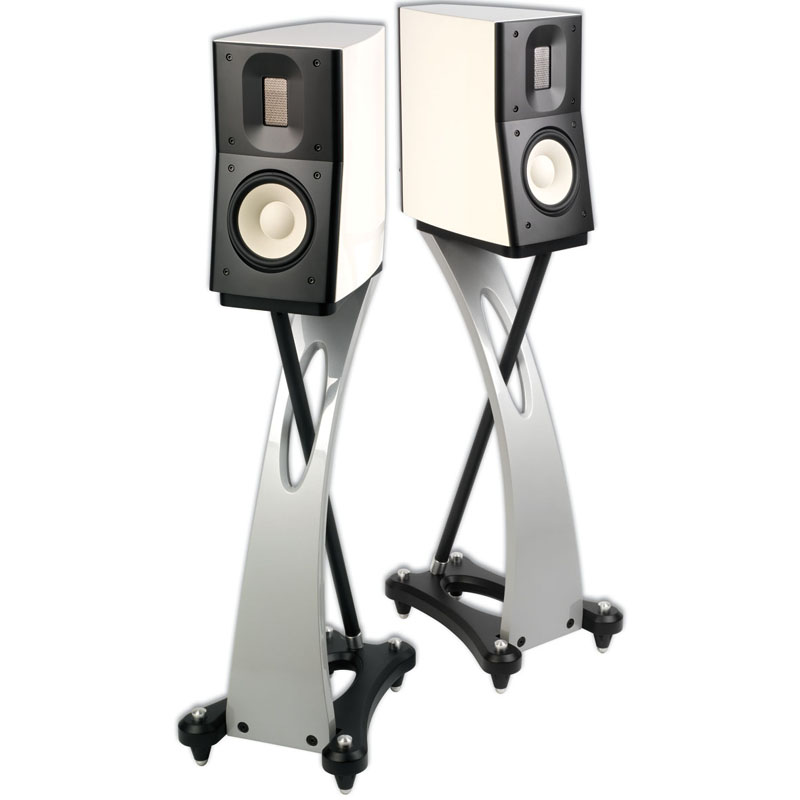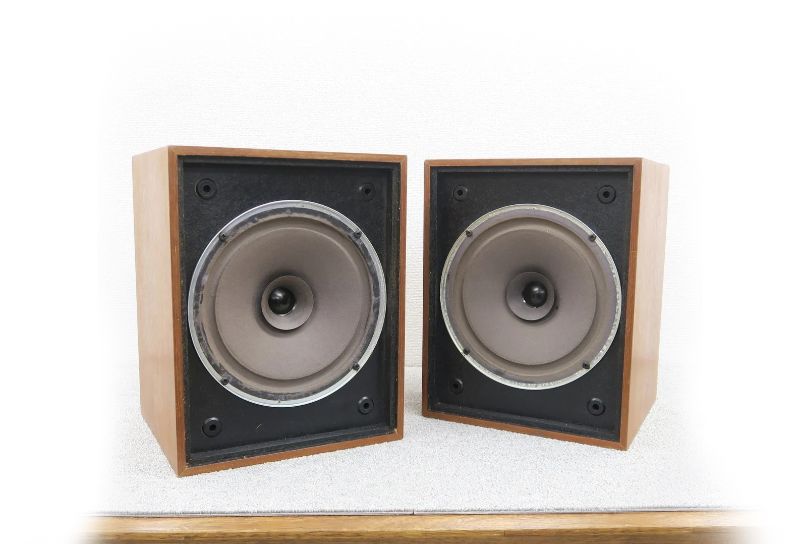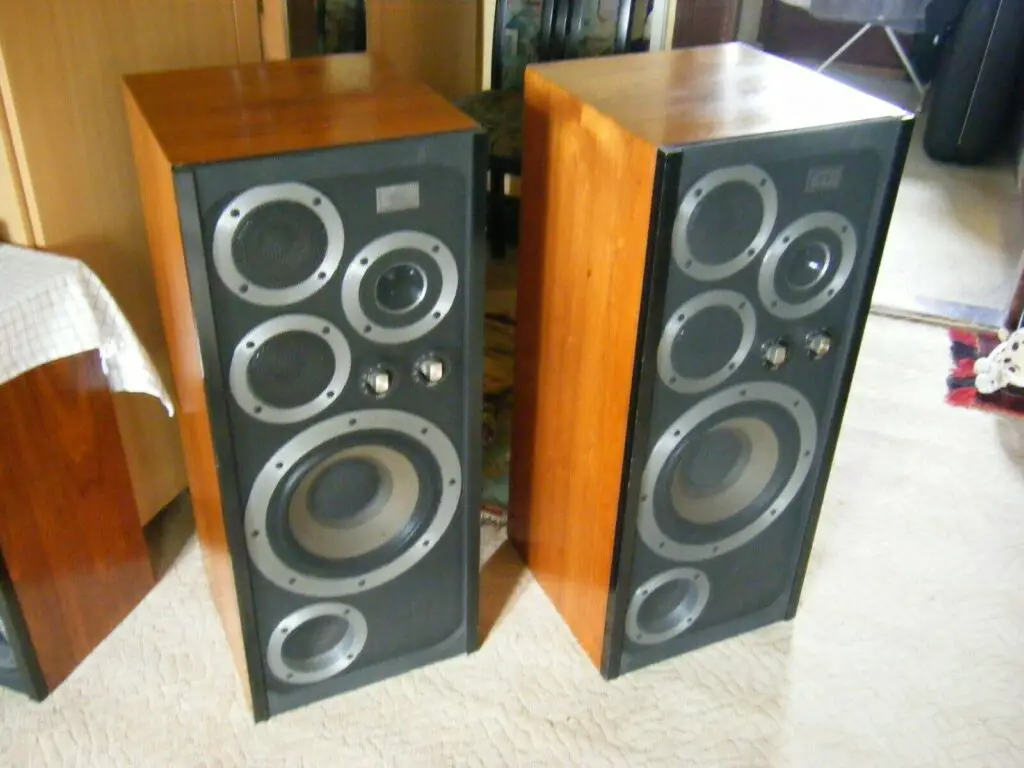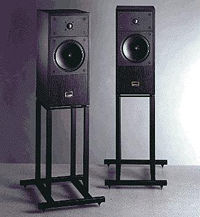It’s difficult to be a little standmounter at the best of times, but it’s even more difficult when you’re worth £10,900. Who would be Raidho’s C1.1, a small speaker with a price tag that rivals practically every huge one? It can only justify its price by sounding really excellent in a variety of ways – however even at this price, it will not be without compromise. After all, it’s just a small box.
The two drive units are fastened directly to the back face of the 20mm thick aluminium two-piece baffle inside the 25mm high density fibreboard cabinet, providing a very solid mounting for the drivers. The upper transducer is a custom planar-magnetic tweeter made in-house with a thin aluminium trace etched into a mylar sheet diaphragm. It has lightning fast attack transients and little distortion, but it’s difficult to combine with a traditional moving coil mid/bass unit, not least since the latter is much heavier. With this in mind, the mid/bass unit features a distinctive 115mm ceramic coated cone that is only 100 microns thick, sandwiched between the coating and an aluminium base.
A second order crossover with bespoke inductors and capacitors manufactured to high tolerances divides these two driving units at 3kHz, and is housed in a tiny (200x370x360mm) yet strong (12.5kg) cabinet lined with natural sheep’s wool to damp standing waves. A rear-facing port is used to load this. The finish is superb, as one would expect from a high-end Danish design. Customers at Raidho can pick between a normal gloss lacquered paint treatment in any available paint color or a Walnut Burl finish (£1,300 more). There’s also the option of purchasing a matching stand for £1,595.
The C1.0 placed Raidho on the map for tiny, high-quality loudspeakers, but the C1.1 improves on that with a better tweeter and a new patterned high-frequency membrane for increased stiffness under load. The mid/bass section gets a new titanium voice coil and a double-layered winding, while the cabinet gets more internal bracing. Outside, custom speaker terminals replace the C1.0’s WBTs, resulting in superior Nordost Odin wiring inside.
The C1.1 just about pulls off the feat of justifying its exorbitant price – which is no mean feat. We have an outstanding little speaker here, one that fades into the background while allowing the music to shine through. First and foremost, it offers outstanding bass; the ported cabinet is quite rigid and holds the bass in place. It gets as low as a speaker of this size should go, but it doesn’t trip over itself in the process. It stays tense, tight, and tuneful, and there’s no indication that a crude 100Hz bump was added to give it a heavier sound — it’s even and honest.
The good news is that this speaker’s strength is in the midrange. It sounds incredibly open and subtle, yet energetic and engaging as well, thanks in no small part to the tweeter. The sound staging is also remarkable, with images hovering in space in an almost ethereal fashion and being frozen in place with pinpoint accuracy. Moving up, the treble is wonderfully carried, for example, with a velvety hi hat sound, yet it doesn’t sugar the pill. This small box has a lively, bright, airy personality with a wide top end — cymbals gleam in the dark, female vocals shimmer, and electric guitars ring. You wouldn’t describe it as ‘bright,’ but it’s far from dull – there’s no sensation of a fabric dome tweeter dampening off the upper harmonics of the song like a huge acoustic curtain. This is especially enjoyable when listening to classical music.
Despite its high level of entertainment, the Raidho C1.1 has a strong self-depracating personality. It makes very little of the music it is asked to make, preferring instead to vanish from view and deliver the complete, unadulterated truth. Of course, it’s a small standmounting design with restricted low bass – nearly any floorstander would provide more extension – but this still doesn’t detract from the entire listening experience, since the speaker is so lyrical and lucid. It’s brimming with vitality, making the music sound as alive as it should. It’s up to you if you think that’s worth the asking price, but if you’re considering paying this much on little speakers, you need to hear it.








